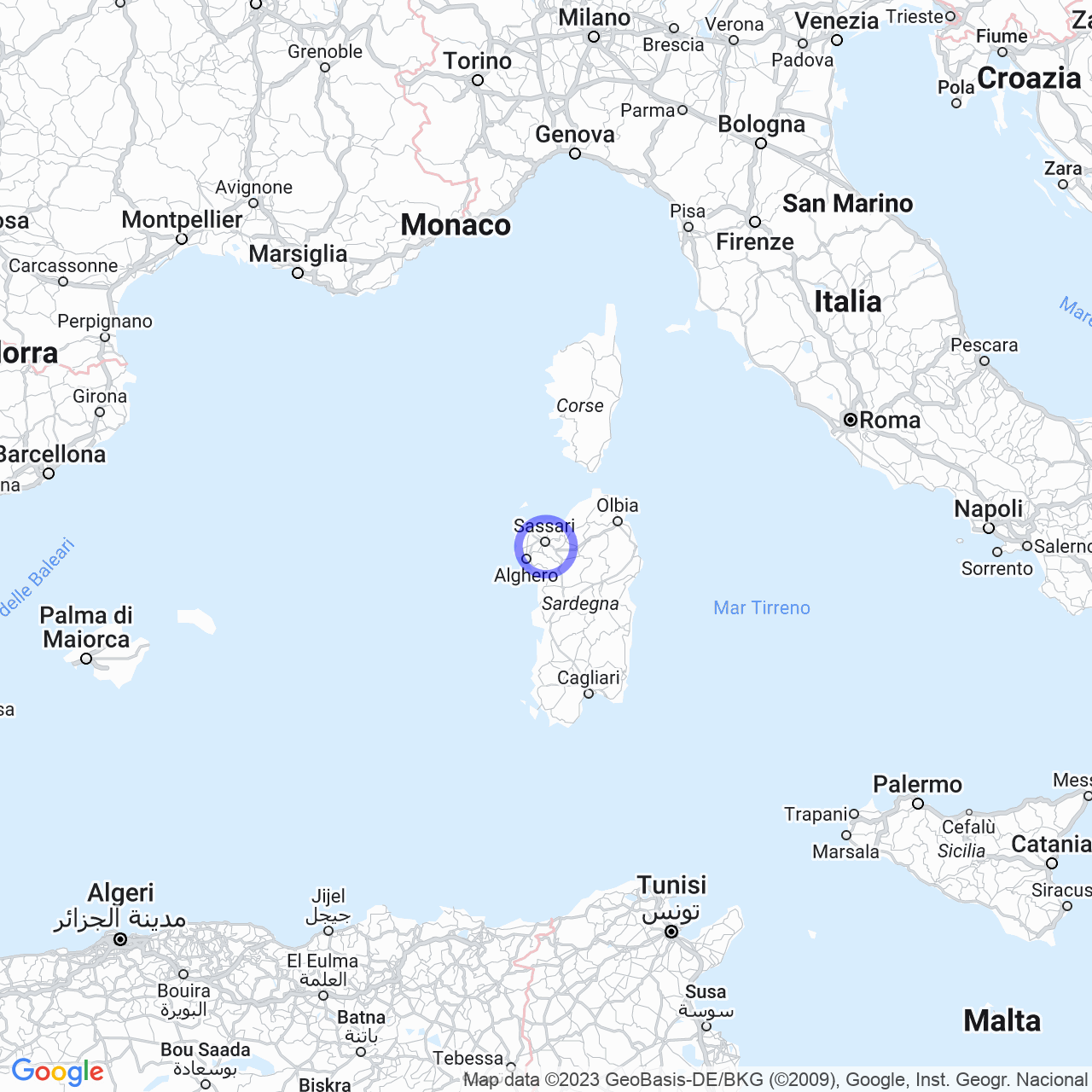Tissi
Welcome to Tissi, a Municipality in the province of Sassari
Hello everyone! Today we'll talk about Tissi, a beautiful Municipality located in the province of Sassari, in north-western Sardinia. The cozy village has a population of about 2,333 inhabitants and is less than eight kilometers away from Sassari, as the crow flies. However, if you follow the provincial road 115/M Sassari-Ittiri, it takes about 9.5 kilometers.
Physical Geography

Territory
Tissi has a territory that extends for about 1000 hectares on a limestone plateau, crossed by deep and fertile valleys where tributaries of the Rio Mannu, the important river in the area, flow. The altitude on which the village is located is 225 meters above sea level.
The lithological substrate of Tissi dates back to the Cenozoic era, Miocene period. In fact, in the stratigraphic succession, there are different types of limestone, limestone marls, and calcareous molasses. They are white or pale yellow in color and often contain fossils, such as lamellibranchs and echinoderms from the middle Miocene.
In the valleys, on the other hand, there are recent deposits of sand and silt, representing fluvial alluvial and pedogenetic deposits belonging to the Quaternary.
Soil
The soil of Tissi is typical of the marly-sandy-calcareous facies of the Sardinian Miocene. They are highly evolved but not very deep soils, up to a maximum of 50 centimeters. The valleys, instead, have a deeper soil. They are ideal soils for the cultivation of typical trees of the Sassarese, such as the vine and the olive, which grow on the hillside slopes.
Hydrography
The most important non-torrential watercourse is the Rio Mascari, which flows into the Rio Mannu. The hydrographic basin belongs to the Rio Mannu. The aquifers are of weak entity and are found at depths greater than 100 meters, with limited flows. Tissi has numerous fissure or emergency springs.
Vegetation
The vegetation of Tissi is Mediterranean, typical of regions with a hot and arid climate, with maximum precipitation in the winter season. Different types of vegetation can be distinguished based on the habitat.
The vegetation of watercourses is made up of species that live in fresh water, originating interesting associations of aquatic buttercups and other hygrophilous species. The riparian vegetation is made up, instead, of reeds and tippets on which other hygrophilous species intertwine.
The vegetation of rocky areas is characterized by species that live in cracks, crevices, and niches of rocks, forming associations of particular interest. The most extensive plant formation is that between Crithmum maritimum and several species of the genus Limonium and Senecio.
The vegetation of the macchia and the sclerophyllous forest manifests itself with evergreen species with leathery and xerophilous leaves.
Conclusions
In summary, Tissi is a Municipality in the province of Sassari, protagonist of an enchanting nature that includes plateaus, fertile valleys, and streams that enliven the landscapes with small waterfalls and lakes. The Mediterranean vegetation typical of the area frames this corner of paradise.
